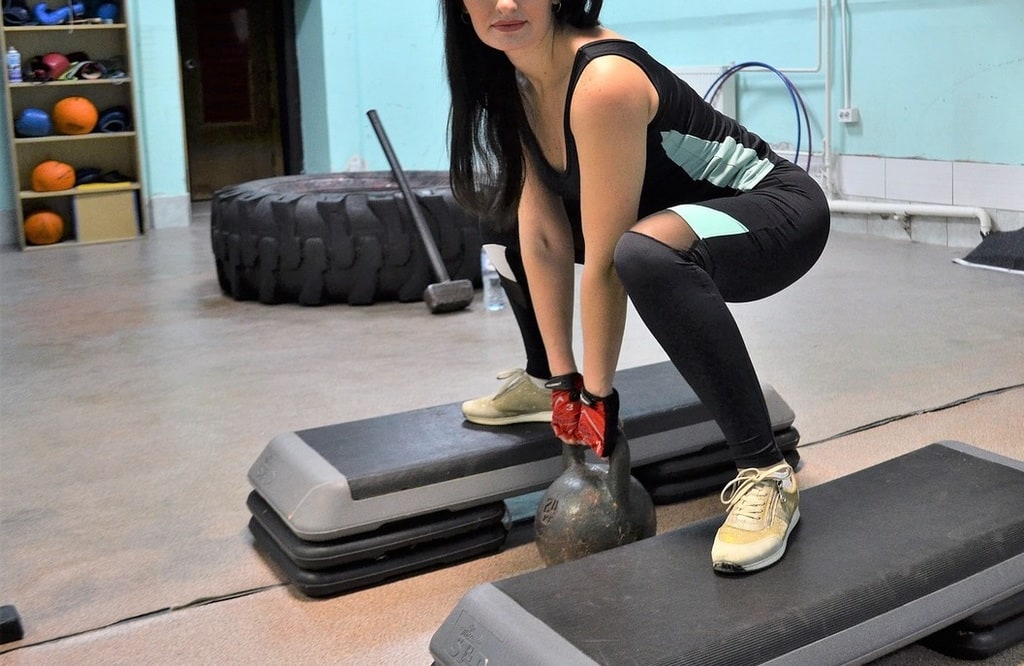Finding an effective fitness routine can be challenging, especially with the vast amount of information available today. Whether you’re a beginner just starting out or a seasoned athlete looking to optimize your workouts, understanding the right fitness routines for your level is essential for achieving your goals.
Tailored Fitness Routines for Every Level of Experience
For those new to exercise, starting with a basic routine can help establish a strong foundation. Beginners should focus on building consistency and learning proper form to prevent injury. Simple bodyweight exercises, such as squats, push-ups, and lunges, are excellent starting points. Incorporating flexibility and balance exercises, like yoga or Pilates, can also enhance overall fitness.
As fitness levels progress, intermediate routines should increase in intensity and variety. Incorporating resistance training with weights or resistance bands can help build strength and muscle. Cardiovascular exercises, such as running, cycling, or swimming, should also be included to improve endurance. Mixing different types of workouts prevents boredom and keeps the body challenged.
Advanced Fitness Routines for Optimal Performance
For advanced fitness enthusiasts, the focus shifts to maximizing performance and overcoming plateaus. High-intensity interval training (HIIT) is a popular method that alternates between intense bursts of activity and short recovery periods. This type of training is effective for burning fat and increasing cardiovascular fitness. Advanced routines often incorporate complex movements, such as Olympic lifts or plyometrics, which require a high level of skill and coordination.
To ensure well-rounded fitness, it’s essential to include recovery days in your routine. Rest and active recovery, such as light stretching or low-intensity activities, allow the muscles to repair and grow stronger. Ignoring recovery can lead to overtraining and injury, hindering progress.

Key Components of a Balanced Fitness Routine
An effective fitness routine should include several key components to address different aspects of physical health. These components are:
- Cardiovascular Exercise: activities that increase the heart rate and improve the efficiency of the cardiovascular system. Examples include running, cycling, swimming, and brisk walking.
- Strength Training: exercises that build muscle mass and strength. This can be achieved through weightlifting, resistance band exercises, and bodyweight exercises.
- Flexibility and Mobility: activities that enhance the range of motion in the joints and muscles. Yoga, stretching, and foam rolling are effective methods.
- Balance and Stability: exercises that improve the body’s ability to maintain control during movement. This can be achieved through practices like Pilates and specific balance drills.
Creating a Sustainable Fitness Routine
To create a fitness routine that you can stick with long-term, it’s essential to find activities that you enjoy. Consistency is more easily maintained when exercise feels like a rewarding part of your day rather than a chore. Setting realistic goals and gradually increasing the intensity of your workouts can help maintain motivation and prevent burnout.
Tracking progress is another effective way to stay engaged. Keeping a fitness journal or using apps to log workouts can provide a sense of accomplishment and highlight improvements over time. This practice also helps identify areas that may need adjustment or more focus.
Common Mistakes to Avoid in Fitness Routines
Even with the best intentions, it’s easy to fall into some common pitfalls when developing a fitness routine. Overtraining is a significant risk, especially for those eager to see quick results. Without adequate rest, the body cannot recover properly, leading to diminished performance and potential injury.
Another mistake is neglecting proper form. Poor technique can not only reduce the effectiveness of an exercise but also increase the risk of injury. Taking the time to learn and practice correct form is essential, whether through instructional videos, fitness classes, or working with a personal trainer.
Additionally, focusing solely on one type of exercise can lead to imbalances. A well-rounded routine should incorporate various types of training to ensure overall fitness and prevent overuse injuries.
Maintaining Motivation and Overcoming Plateaus
Staying motivated can be challenging, especially during times when progress seems slow. Setting short-term, achievable goals can provide regular milestones to celebrate, keeping the journey exciting. Engaging in group fitness classes or finding a workout buddy can also provide accountability and make exercise more enjoyable.
When progress stalls, it’s often a sign that the body has adapted to the current routine. Changing up exercises, increasing intensity, or trying new activities can help break through plateaus. Regularly reviewing and adjusting your fitness plan ensures continuous improvement and keeps the body challenged.
Adopting an effective fitness routine tailored to your experience level is essential for long-term success. By incorporating a variety of exercises, avoiding common mistakes, and maintaining motivation, you can achieve your fitness goals and enjoy a healthier, more active lifestyle.
